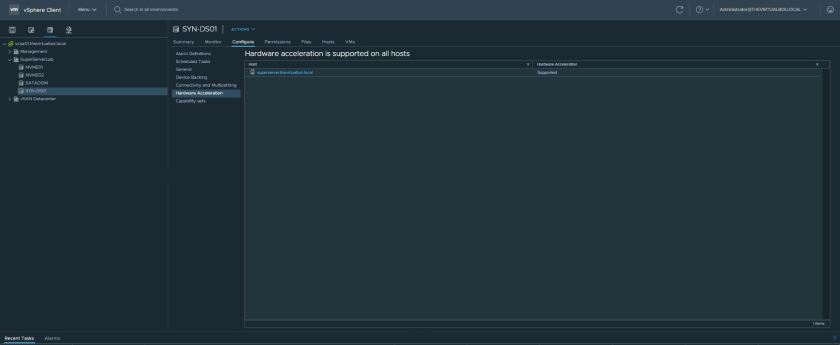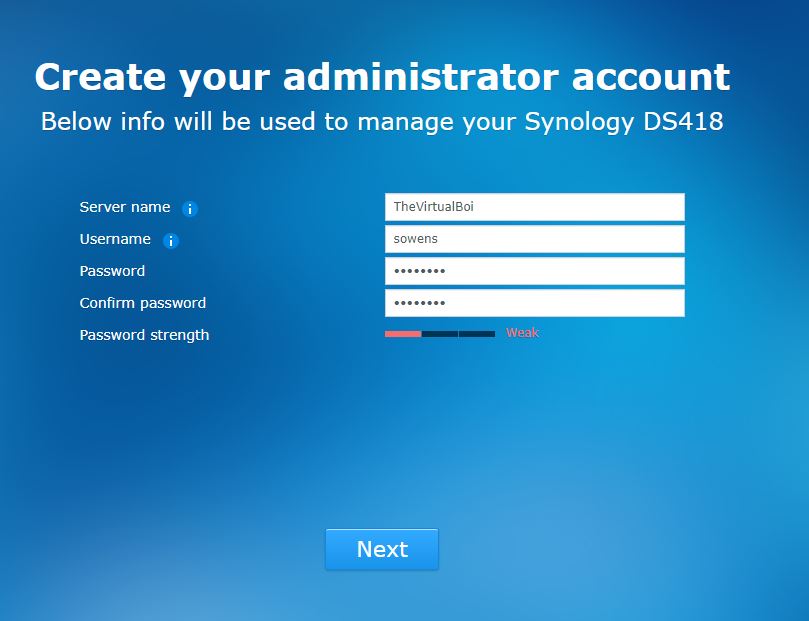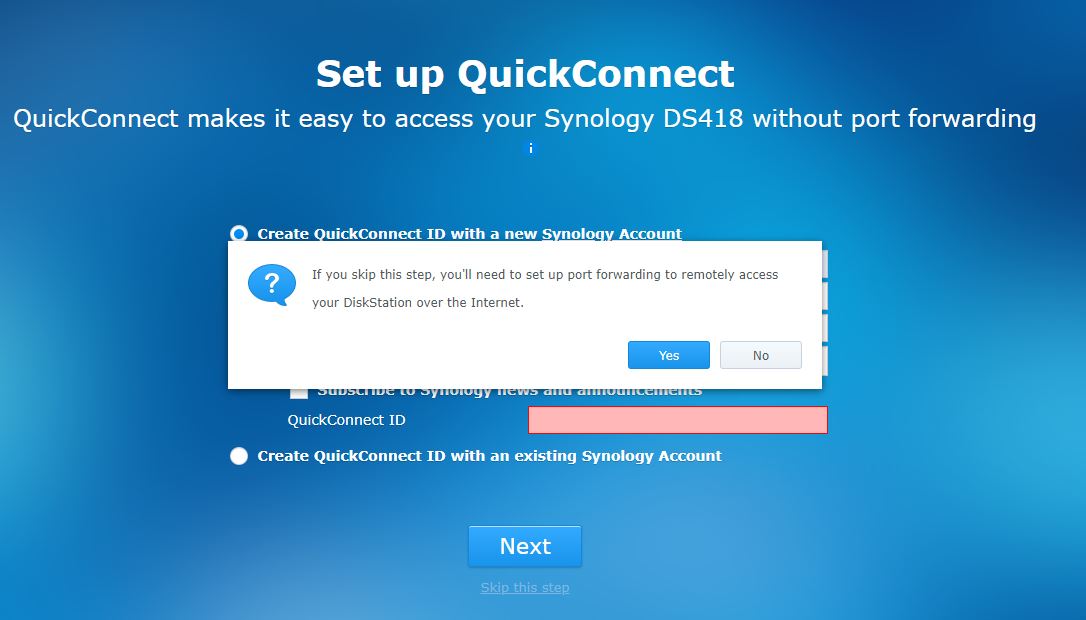In an earlier post, I posted how users can quickly deploy a Synology Diskstation.
One of the things many people like to do with a Synology Disktation within a VMware Homelab environment (or production) is install the Synology VAAI VIB for hardware acceleration. In order to take advantage of this, your Synology will need to be added to your VMware environment as a target and be available as an Datastore to use. Installing this VIB allows for increased performance and better throughput via hardware acceleration with offload to the Synology CPU/RAM/CACHE.
Step 1: Download the VIB.
Step 2: Use a program SCP or in my instance, WINSCP to connect to you host. If you are using Windows and need WINCP, you can download it here. Extract the VIB and upload the VIB to the /tmp/ directory of your ESXi Host. You will need to use the credentials that are for the root account on your ESXi host.
Step 3: Enable SSH on the ESXi Host and run the following command:
esxcli software vib install -v /tmp/synology-nfs-vaai-plugin-1.2.1008.vib --no-sig-check
Step 4: Ensure the command ran successfully.
Step 5: Head to the Synology Datastore/Configure then look for the word Hardware Acceleration. Look for the “Supported” word, which means it is now enabled and working with hardware acceleration as intended.




esxcli software vib install -v /tmp/synology-nfs-vaai-plugin-1.2.1008.vib --no-sig-check











